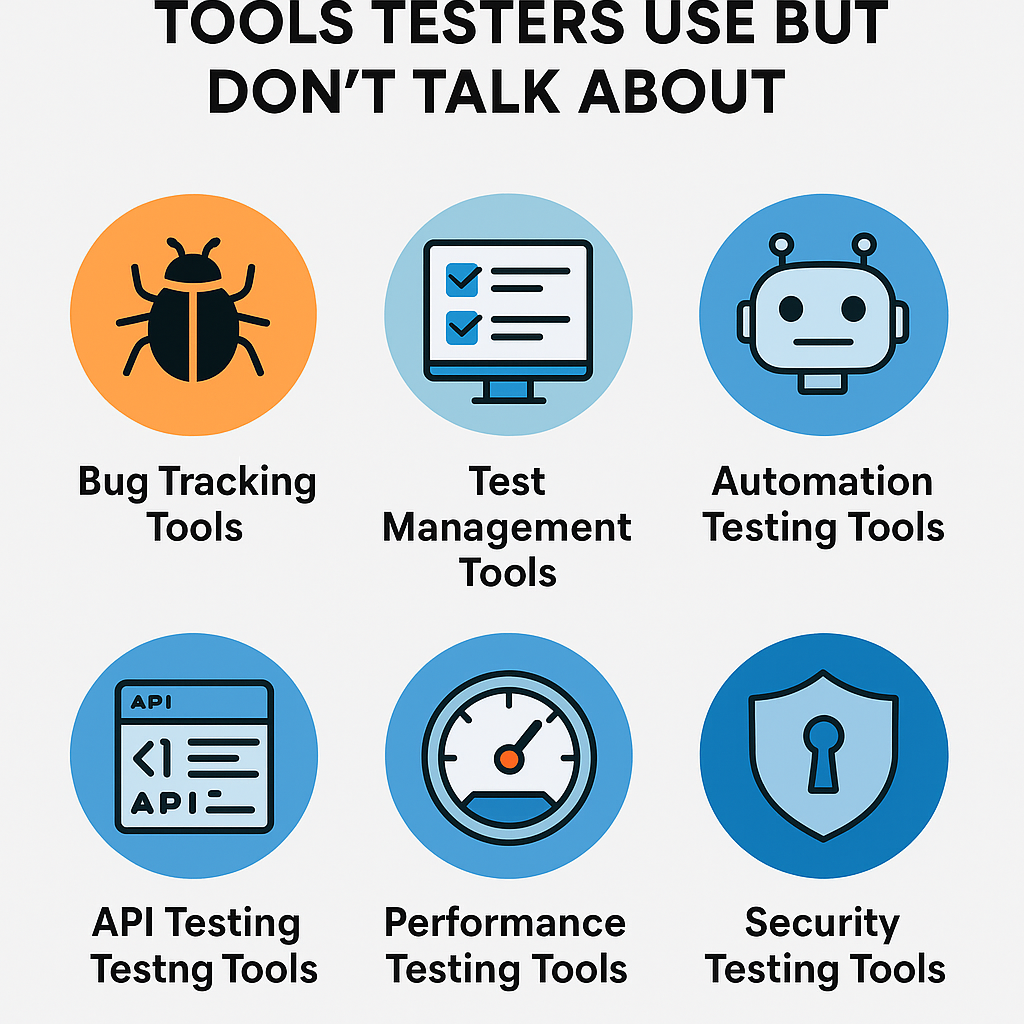In the last tutorials, we have discussed Usability testing and its limitations and benefits so far. Let’s say you are about to perform Usability Testing on any website or web application, but you need to make sure what are different phases that we need to perform sequentially.
The Process flow

In this tutorial, we are going to discuss six phases that the system should follow when usability testing is performed. These are given below:
Planning the usability test
The most important part of the entire process is planning the details. The decisions you make at the beginning of the testing process will dictate how you proceed.
In this phase, you should clarify:
- What are the goals of the study, and what are the areas that are in focus?
- Which types of users are needed. Typically, these are representative of your user roles.
- Prepare a script for the questions that will be asked and a list of tasks that should be performed on the prototype.
Setting up the test environment
In this stage of the process, you should decide how you will do your usability testing:
- Is it an in-person or remote session? What app are you going to use if it is remote?
- It is important to set up a schedule with the participants.
Recruiting participants
The individuals you recruit and how you recruit them will depend on your testing goals and budgetary constraints. You can find users to recruit from the pool of people who are already using your product, or from online websites that offer users who match your requirements.
Conducting the test
The actual testing is usually the best part of the whole test. It’s important that you conduct the test in a place free from distraction. The issues should be taken care of by a dry run.
Make sure you don’t influence the opinion of the users during the UX testing process. Do not ask them questions that lead them to a specific answer. The goal of the test is to get the task done, not to check what the best color is for the dashboard.
Analyzing the data
The data from your usability test will be analyzed to get important insights and useful information on how to make the product easier to use.
Reporting the results
Share your usability test findings with the people on your team who can help make the changes you want to make.
Techniques/Methods of Usability Testing
There are different types of testing that can be done. But few of the ones which are the most widely used have been discussed here.
1. Guerilla Testing
It is a type of testing where testers go to public places and ask random users about the prototype. Also, a thank gift is given to users as a gesture of appreciation. During the early phases of the product development process, it is the best way to conduct usability testing. Users usually spend 5-10 minutes giving instant feedback on the product. Moreover, the cost is low as you don’t need to hire participants. It is also referred to as corridor or hallway testing.
2. Usability Lab
Usability lab testing is conducted in a lab environment where moderators ask for feedback on the product. They hire participants and ask them to complete a survey. This test is done on a tablet or desktop. The participant count is a bit more expensive than Guerilla testing as you need to hire participants, arrange a place, and conduct testing.
3. Screen or Video Recording
Screen or video recording testing is when a screen is recorded as the user navigates and uses the product. This testing shows how a user’s mind works when they use a product. This type of testing involves the participation of approximately 10 users for 15 minutes. It helps users avoid issues they may encounter when using the product.
Instructor-led Training
Software Testing Online Training
Online Software testing training includes the following modules:
- Manual Testing
- Database/SQL/Database Testing
- JIRA defect management tool
- Java Programming
- Selenium Framework
- TestNG
- Cucumber with Maven
- Basic of Jenkins
To get more details, please visit the following URL:
https://www.qaonlinetraining.com/courses/software-testing-courses/qa-online-training/
Software Testing Classroom Training
Software testing classroom training includes the following modules:
- Manual Testing
- Database/SQL/Database Testing
- JIRA defect management tool
- Java Programming
- Selenium Framework
- TestNG
- Cucumber with Maven
- Basic of Jenkins
- API Testing with SoapUI or Postman
- Performance Testing with Jmeter
To get more details, please visit the following URL:
https://www.qaonlinetraining.com/programs/master-of-software-testing-ba-istqb-training/












